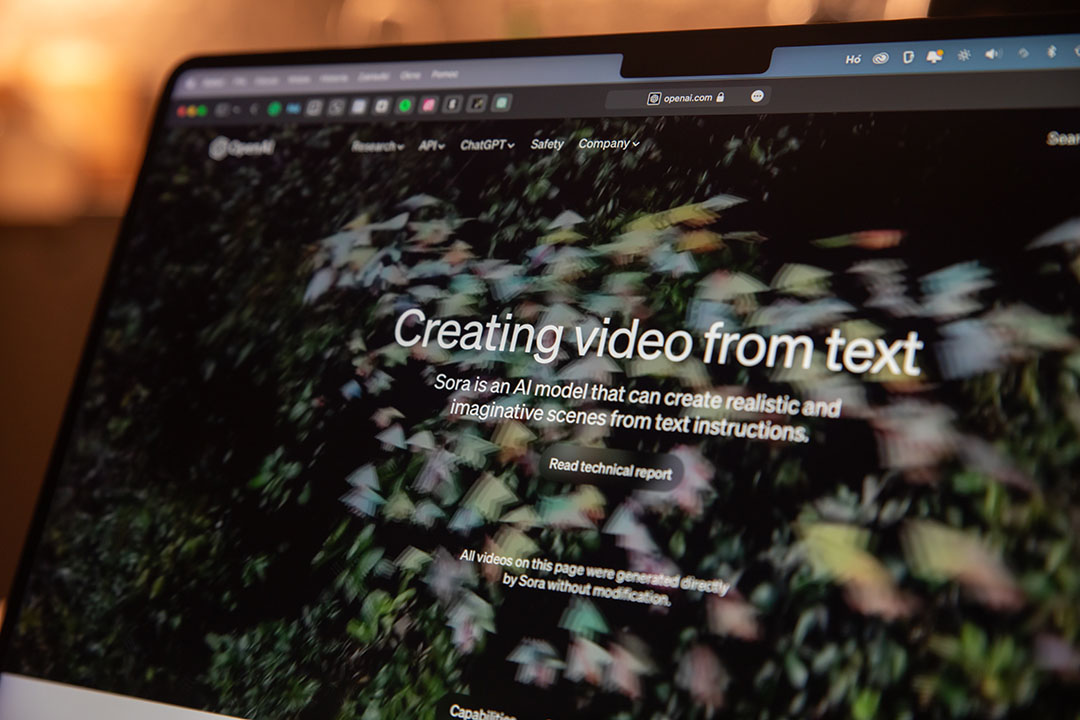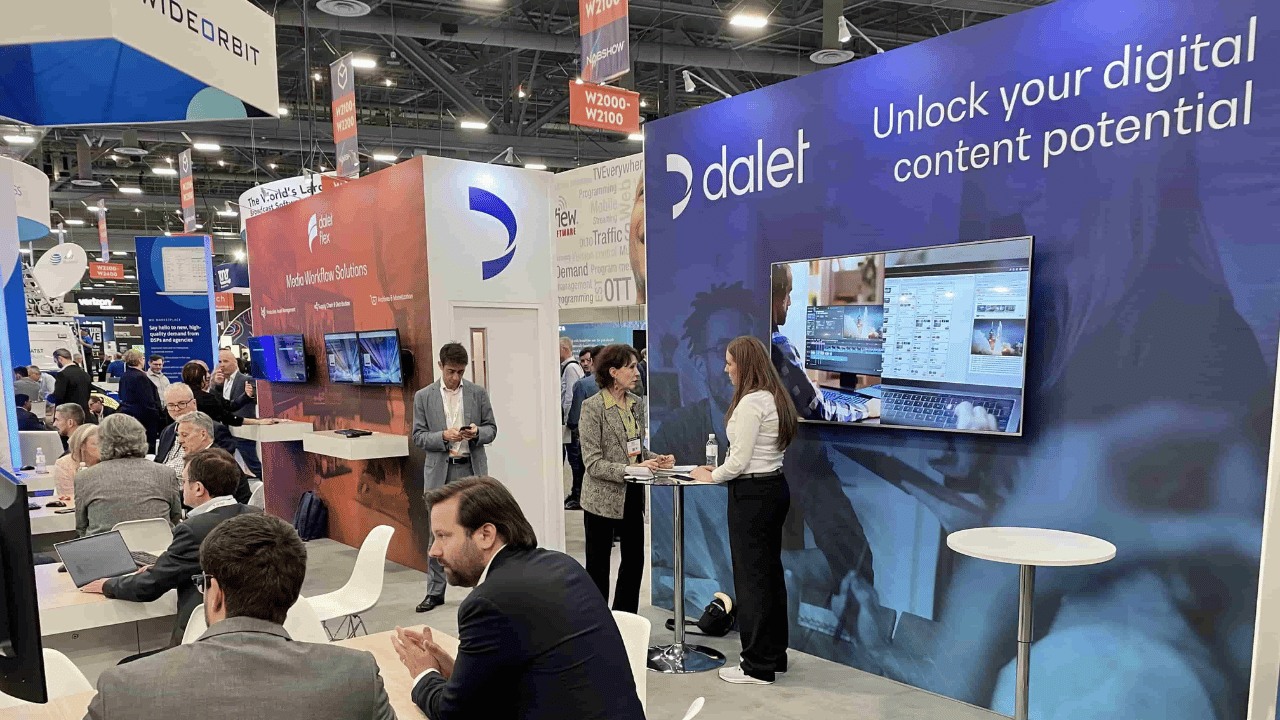All NAB Shows are crammed full of the latest gadgets and gizmos to make your media life better, faster, easier, cheaper, and probably more confusing than ever before. It’s rare, however, that subtle legal obligations grab the technology headlines, so here’s a little thought on why NAB 2013 is different.
Broadcast legal requirements
For years, captioning (US) and subtitling (EU) have been legally required for broadcasting and satellite operations. The FCC passed the 21st Century Communications Act and all this could be the first step to legal requirements in an internet-centric world. If you haven’t read the act and you love deciphering legally crafted words that are meant to be unambiguous, then I recommend the FCC site’s downloads.
If you’ve finished reading the act and wondering “where’s the meat?” then you’ll have to start reading the technical references that will eventually lead to the standard known as SMPTE 2052 or SMPTE-TT for short.
A bit about Standards
TT stands for Timed Text and is a W3C (World Wide Web Consortium) standard that uses an html-like syntax to define a mechanism for displaying text on a screen. Simple, you’d think, the USA CEA-608 standard was developed in the 1970s – how hard could it be to fully replicate it with the technology of 2013? Well, the answer is that it’s quite difficult to exactly replicate the behavior of CEA-608 when the rendering device does not know the size or aspect ratio of the screen to which it’s rendering. A modern internet chain may take a 16:9 movie with captions rendered for 4:3 display and put them in front of a viewer on a 7 inch widescreen tablet with an aspect ratio and pixel count that has no relationship at all to traditional television display.
Who’s responsible?
Who’s responsible for getting it right? Legally, it will probably fall on the content owner’s shoulders to deliver SMPTE-TT that just works. We don’t live an easy world anymore. Come and see us at NAB to see how SMPTE-TT can work in practice.
Featured in: Captioning | NAB Show | SMPTE |
With 30 years in the industry, Bruce looks after Media Technology for Dalet. An engineer who designed antennas, ASICs, software, algorithms, systems and standards, Bruce is best known for being @MrMXF and you can get his book on Amazon.
More Articles By Bruce



